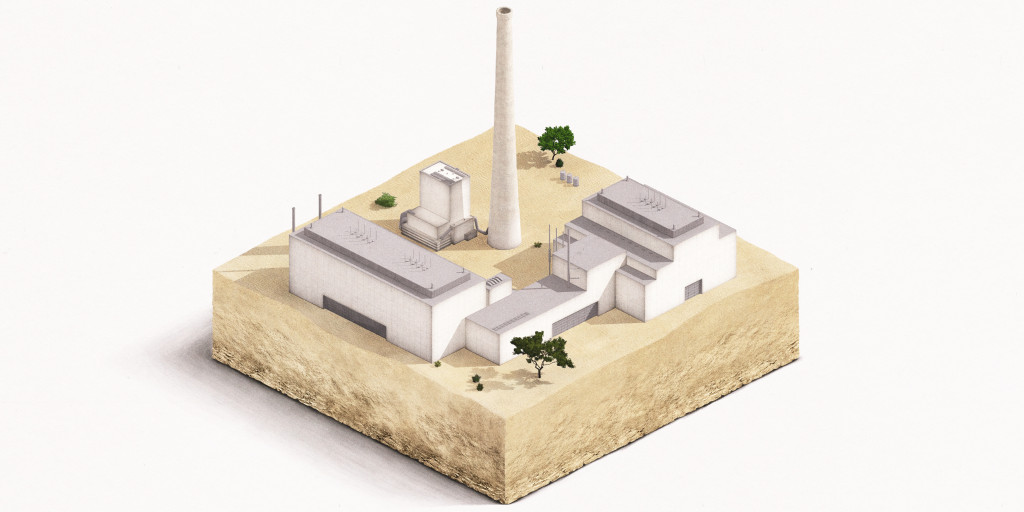
Many industrial and electricity generation processes emit large quantities of waste CO2. These emissions are not only a waste but also a pollutant, contributing to the rapidly growing atmospheric concentration of CO2 and, with it, to global climate change. However, CO2 is a valuable resource for boosting the growth of terrestrial and marine crops. In addition, it is a significant input into the Sahara Forest Project’s horticultural operations and algae ponds. Without a waste CO2 source, this CO2 will either be purchased and imported to the SFP facility or generated on-site by burning biogas. If instead, the Sahara Forest Project’s CO2 needs can be met with waste CO2, a significant polluting waste stream from industry is converted into different food and bioenergy resources.
Waste CO2 can also reduce the cost and emissions of transporting purchased CO2 to the SFP site. Waste CO2 utilization can be made even more straightforward by utilizing algae strains – of which there are many – that can thrive on flue gas, such that industrial CO2 waste streams can be either directly, or after scrubbing for sulfur and other compounds, injected into algae ponds without significant purification or concentration. The source does not necessarily have to come from outside the SFP facility, as with waste heat. In addition, any biomass-fuelled electricity generation will produce CO2 emissions that can be directly used in the SFP facility to generate more biomass and food.
